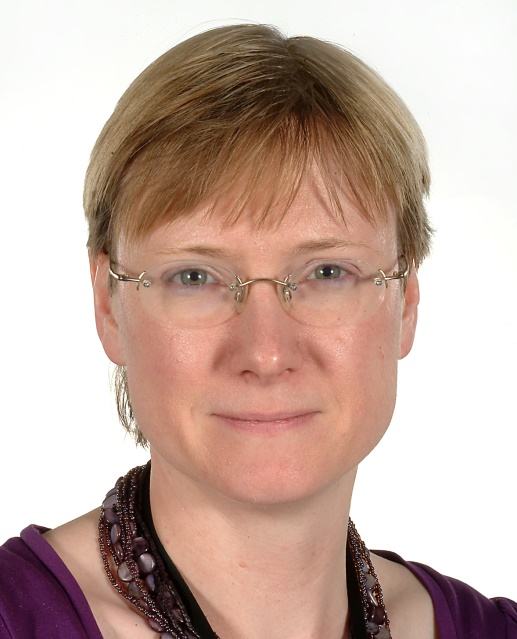
A doctor at the Royal Free London (RFL) is playing a leading role in a campaign aimed at dramatically cutting the length of time it takes for children with rare diseases to receive a diagnosis.
It currently takes an average of five years to diagnose a child with a rare disease but Dr Derralynn Hughes and the Global Commission to End the Diagnostic Odyssey for Children with a Rare Disease are looking at how to reduce that so those children can receive the right treatment sooner.
Derralynn, director of the research programme in the lysosomal storage disorders research laboratory at the RFL, is one of the authors of the commission’s report, which was published last week. The report contains a number of recommendations for improving diagnosis times, including raising the profile of rare diseases among healthcare staff.
Derralynn , said: “Although individual rare diseases are ‘rare’, it is estimated that 350 million people globally suffer from a rare disease. I am honoured to join the commission and take part in this important work because I have seen first-hand in my clinics adults, some of whom have taken decades to get a diagnosis.
“For some conditions delays in treatment could potentially prevent a child’s life from being saved.”
Over the coming year the commission will focus on three areas including implementing technology-based pilot projects, using technology to overcome barriers in lower-income countries and measuring the actions taken following the report. The goal is that the report becomes a roadmap for the rare disease community and that the recommendations from the report will be implemented by patients and their families, clinicians, healthcare providers and policy makers.
Derralynn added: “Greater awareness of rare diseases and their prevalence is the first step on the path to a quicker diagnosis. We want clinicians to consider rare diseases when they are diagnosing. Traditionally in medical schools you are taught, “when you hear hoofbeats, think horses, not zebras,” which encourages doctors to look for the most likely diagnosis. Instead we are urging doctors to “think zebra” and consider a rare disease as a possible diagnosis when a common one does not fit.
“We are also planning to equip families with the tools they need to work together with their doctor to get a diagnosis. All too often when a child is diagnosed with a rare disease, the parent and the doctor are able to look back and, in hindsight, connect the dots between what at the time seemed to be unrelated symptoms and test results. This can and must change. By giving parents and caregivers the right questions to ask their doctor this could make a massive difference.”
To read the report in full go here.
 Translate
Translate